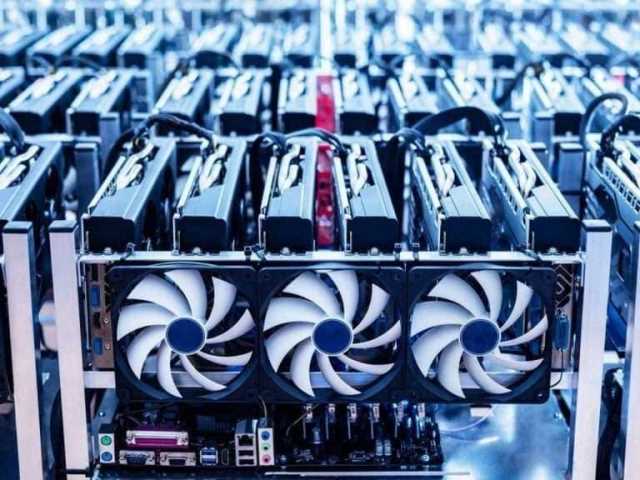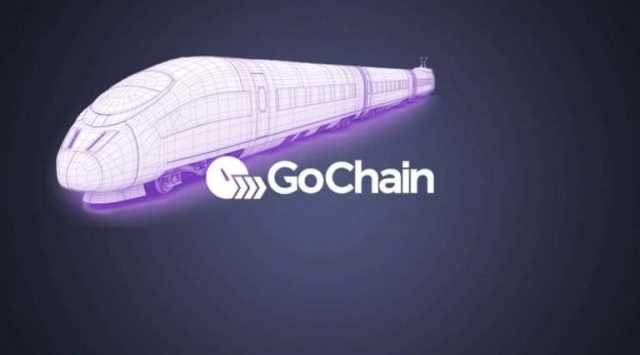
Highly complex, and therefore difficult to decipher, encryption is an essential element enabling blockchain networks to be simultaneously public and secure. The concept outlining how hard it is to verify blocks in a blockchain network during Proof of Work mining. In the Bitcoin network, the difficulty of mining adjusts every 2016 blocks. A blockchain explorer is an application, Bitcoin Vocabulary most often a website along with a corresponding API, that displays information about blockchain activity in a more human-friendly way. A prominent example is etherscan, which also offers explorers on a number of other networks. An address or pubkey script stored in the wallet without the corresponding private key, allowing the wallet to watch for outputs but not spend them.
Non-Fungible Token (NFT)

Big Block refers to the increase in the size of the bitcoin blocks to allow for more transactions to be processed per block. Big blocker refers to someone who supports the idea of increasing the block size to increase transactional throughput. In computer security, an attack surface of a system is the totality of ways in which an adversary can attempt to compromise security. An attack surface may include any aspect of a computer system that can be exploited by an attacker such as hardware components, software vulnerabilities, user accounts, and network connectivity. A bitcoin address cluster is a collection of Bitcoin addresses that are linked to each other by multiple inputs merged in a single transaction or a series of change addresses over the course of multiple transactions.

Distributed Ledger

A script included in outputs which sets the conditions that must be fulfilled for those satoshis to be spent. Data for fulfilling the conditions can be provided in a signature script. A potentially-short value used as a seed to generate the master private key and master chain code for an HD wallet. The amount that miners may claim as a reward for creating a block.
Bitcoin glossary
The number of bitcoins generated per block is decreased 50% every four years. This is called “halving.” The final halving will take place in the year 2140. The initial block of data computed in the history of a blockchain network. Centralized exchanges, operated by companies like Coinbase and Gemini, function as intermediaries, while decentralized exchanges do not have a central authority. The difficulty bomb, along with the Beacon Chain and others, was a key element of Ethereum’s upgrade to Ethereum 2.0 and a Proof of Stake (PoS) consensus mechanism.
Uncle Block (Ommer Block)
The Block Size is the amount of information that is included in a bitcoin block. A Bitcoin Exchange is any service that allows you to buy and sell bitcoin for other currencies. Some exchanges are for buying and selling bitcoin with fiat currencies like USD, GBP, EUR, etc. while others may exclusively buy and sell cryptocurrencies.
AR Token (Arweave)
At the blockchain protocol level, a ‘fork’ creates an alternative version of a blockchain. Forks are often enacted intentionally to apply upgrades to a network. Soft Forks render two chains with some compatibility, while Hard Forks create a new version of the chain that must be adopted to continue participation. In the instance of a contentious Hard Fork, this can create two versions of a blockchain network. As Bitcoin was the first cryptocurrency, the term ‘altcoin’ was created to refer to ‘any cryptocurrency other than Bitcoin’.
Succinct Proofs of Random Access (SPoRA)

Bitcoin dominance is the percentage of the total cryptocurrency market cap that is attributed to Bitcoin. A Bitcoiner is one who owns bitcoin and uses it as a store of value, a medium of exchange, or a unit of account or any combination of these 3 things. ATH is short for All Time High and one of the more common slang terms that you will hear in the bitcoin space. The current ATH took place back in December of 2017 with a price of approximately $18,600 USD per bitcoin. An altcoin (alt for short) is any cryptocurrency that isn’t bitcoin.
- The DAO served as a form of investor-directed venture capital fund, which sought to provide enterprises with new decentralized business models.
- Short for Consensus Systems, Consensys is the software engineering leader of the blockchain space.
- Alice and Bob are usually transacting and Eve is trying to eavesdrop on them.
- In other words, a node’s memory pool contains all 0-confirmation transactions across the entire network that that particular node knows about (with caveats).
- Upgrades and advancements to the bitcoin protocol are often tested and vetted before being launched on mainnet.
Virtual Private Network (VPN)
A Layer 2 network, or L2, is a blockchain that is built specifically to scale another network. Some popular examples of this in the Ethereum ecosystem are Arbitrum, Optimism, and StarkNet. These chains are specifically built to handle a large number of transactions quickly by relying on Ethereum Mainnet for security functions, while optimizing for speed and scale. These networks are considered https://www.tokenexus.com/ “scaling solutions” while not being part of Ethereum’s protocol-level scaling efforts. Part of Consensys, Infura offers backend access to the Ethereum network over established HTTP and WebSockets technology. Prior to Infura, developers were obligated to run their own nodes of the networks with which they wanted to interact; Infura provides that access through a set of APIs.
For example, a decentralized token trading platform might have a series of liquidity pools, which are protocols enabling swaps between tokens, and the platform may quote the “TVL” for all the pools combined. Alternatively, if a network uses proof of stake for their consensus mechanism, they may represent the TVL of all the tokens staked into that consensus protocol. A blockchain network in which access to ledger or network requires permission from an individual or group of individuals, as opposed to a public blockchain. Consensus on a permissioned ledger is conducted by the trusted actors, such as government departments, banks, or other known entities. Permissioned blockchains or ledgers contain highly-verifiable data sets because the consensus process creates a digital signature, which can be seen by all parties.